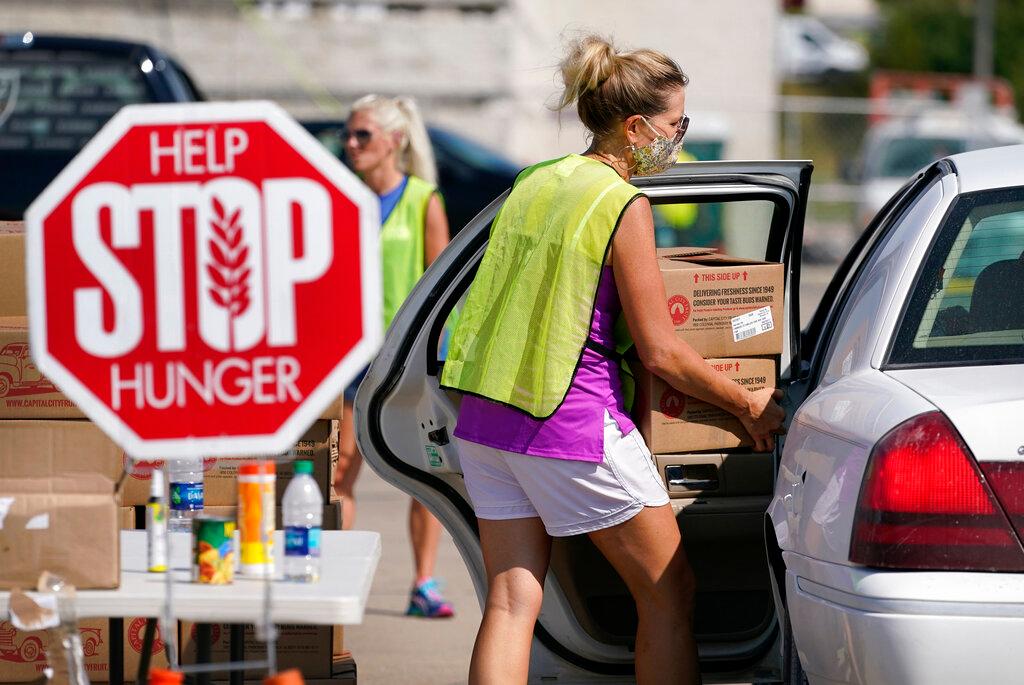The empty shelves at the San Antonio Food Bank show the results of growing demand versus available supply. Still, Eric Cooper, president of the food bank, said he’s “not panicked yet.”
“Yet” seems to be the operative word, Cooper said, as the Texas-based food bank, critical to meeting the nutrition needs of 90,000 individuals each week, monitors the food donation situation closely.





